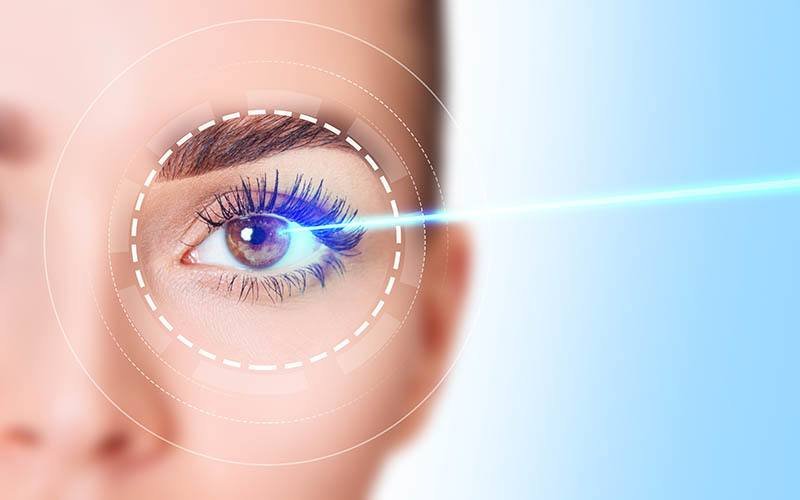Bladeless Lasik in Pandhurna
Traditional Lasik has helped millions to live life achieving freedom of vision without need of spectacles or contact lenses. The Femto-Lasik makes LASIK even safer and more accurate.
In traditional LASIK, surgeons use a blade called as Microkeratome to create the flap. Although surgical complications during LASIK are relatively rare, most are related to flap making with microkeratome.
In Femto-LASIK or bladeless LASIK, a super precise femtosecond laser is used to create the flap – offering safest flap making technology. Then surgeons use an Excimer laser to perform the rest of the LASIK procedure to correct refractive power underneath the flap.

- Nearsightedness (myopia): With this condition, patients can see close objects clearly, but objects far away appear blurry. The issue is a cornea that curves too much or an eye distance from front to back is longer than normal. As a result, the image focuses in front of the retina.
- Farsightedness (hyperopia): With this condition, one can identify objects far away with no problem, but closer ones appear blurred. This is caused by the cornea being too flat or the eye being shorter than is normal. As such, the image focus on the retina.
- Astigmatism: With this condition, images at any distance are blurred. The shape of the lens, cornea or both is such that images cannot focus sharply on the retina.
When choosing either approach to LASIK, it is important for your eye doctor to make sure your refractive error is not caused by another eye condition, and that you do not have a second eye disease, like glaucoma, macular degeneration, or cataracts.
During surgery, the doctor will create a thin flap in the cornea, the surface of the eye, to expose the lens, which rests behind the pupil. A preprogrammed laser will then activate and reshape the lens.

